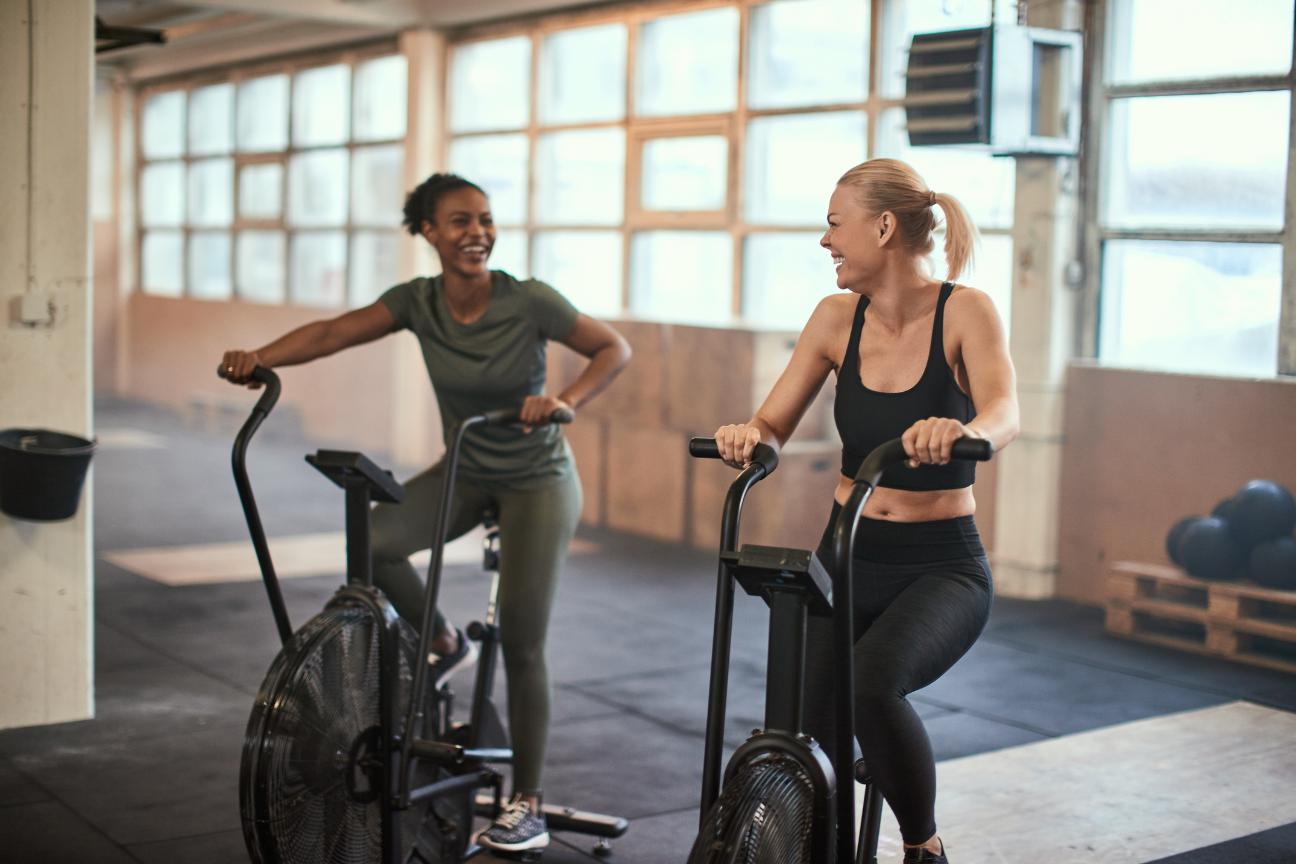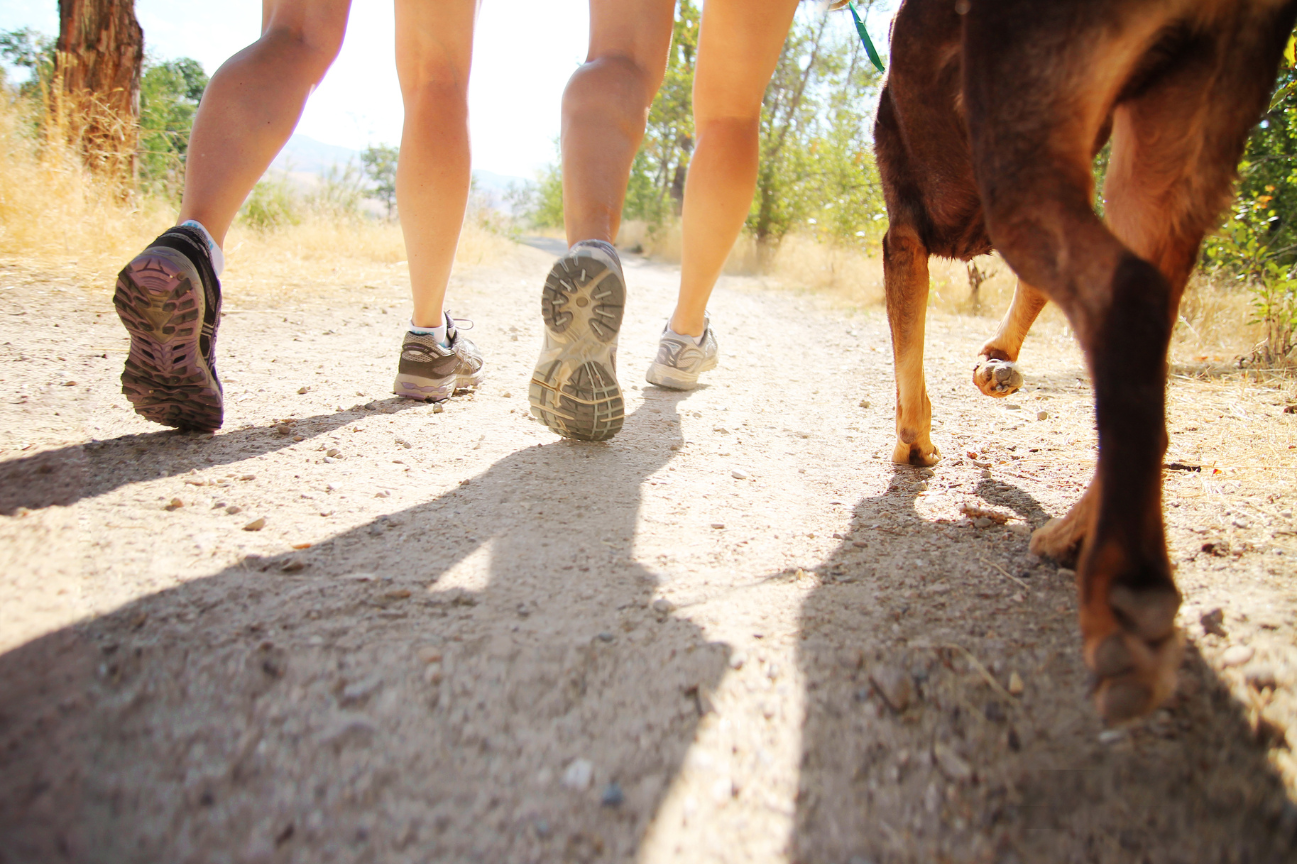Passive and Active Recovery

The difference between passive and active recovery.
Following bouts of exercise, particularly strenuous exercise, there is a increase in blood lactate levels and a regenerative recovery process that begins to take place. This process can be divided into two categories: passive and active recovery.
Active Recovery involves active and less intense movement, such as walking, going for a light jog, or a slow pace on a stationary bike.
Passive recovery is when the body is completely at rest from any form of physical activity, this may mean being completely still, sitting down or lying down. Passive recovery can be very beneficial in scenarios like injury and illness when the body needs time to heal.
Three Ways to Approach Active recovery
1. During workouts. for example cycling with minimal intensity during a heavy lifting set or an easy run between sprints.
2. Immediately after an intensive workout.
3. A dedicated active recovery day
1. During a work out. How to include Active Recovery into a High Intensity Interval Training Session.
While active recovery days can offer many of the benefits listed above and help to avoid overuse injuries, these benefits can also be gained from adding active recovery exercise into your next HIIT session.
Let's say you are doing some sprint training. Normally you might do your sprint intervals at a set exercise intensity, say 8/10 physical exertion. In between the sets of sprints you might allow your body to rest completely, coming to a stand still or sitting down, this is passive recovery. Examples of active recovery in this situation might include, walking between sets at a much lower physical exertion, say 2/10, ballistic stretches or light jogging.
2. Active recovery as a 'Cool Down'.
Active recovery after a challenging workout is generally what is referred to as a cool down. An example of this is a 10 min slow walk or cycle following a sprint or HIIT session.
Active recovery following periods of intense physical exertion has been shown to increase blood flow, decrease blood lactate levels (often referred to as 'lactic acid build up') and help muscles to recover better.
3. A dedicated active recovery day
An active recovery day is a designated day where the only exercise you complete on that day is a gentle exercise session.
Good examples of active recovery day exercises might include a gentle yoga or stretching session, a long walk, an assisted stretch session or maybe a myofascial release foam roller session. Any form of reduced intensity movement that keeps the heart rate from rising too high.
If you are dedicating a day to active recovery, leave the hard workout for another day. If you are a smart watch user this is not a day you should be monitoring exercise performance but instead giving yourself a physical and mental break from the 'tough workout is the best workout' mentality.
What are active recovery exercises?
Active recovery involves exercise that is non-stressful on the body– like swimming, walking, slow cycling, gardening or gentle yoga. Depending on how you are incorporating active recovery into your training this may be performed during breaks in a high intensity training session, after exercise or the following day.
The benefits of active recovery
Either incorporating a recovery routine into your strenuous workout or making time to complete some light exercise following your session can offer several benefits these include:
-
reducing blood lactate levels
-
increase blood flow
-
reduce feelings of muscle fatigue
-
improve athletic performance
-
Avoid burn out
Moreover studies suggest an active recovery session can help remove blood lactate from the body, which helps reduce feelings of muscle soreness and fatigue and helps strengthen the muscles to improve endurance.
Is an active recovery day the same as a rest day?
In a word. Yes. So long as your chosen active recovery workout does not cause your heart rate to be significantly elevated or cause more muscle damage to already sore muscles. Think of your active recovery day as one of your off days with the goal of allowing your muscles and other tissues to recover and heal.
Suggested Active Recovery Workouts:
Active Recovery Workout 1: Walking
This is as simple as taking the dog for a walk, take a break at lunch and get out to enjoy the sunshine. Take 20-30min to get your blood flowing again.
Active recovery workout 2: Stretching
If you are someone who is worried about negatively effecting your physical performance by static stretching immediately before your workout, your active recovery day could be a great opportunity to work on improving your overall range of movement and flexibility. Keep to longer duration static stretches, or gentle more dynamic style stretches. Leave the ballistic, more explosive stretches off the to-do's today.
Active recovery workout 3: yin yoga
you might find 'yoga' as an option on a lot of active recovery exercise lists however not all yoga is created equal. If you take yourself off to a ashtanga or bikram yoga class on your rest day, you might be in for a rude shock. For a slower flow style of yoga look for 'Yin' classes at your local studio. Yin is the most restorative style of yoga, using various props and long hold, more passive, poses.
Active recovery workout 4: Self Myofascal Release Session
This can be a great day to break out the foam roller, massage therapy balls, or massage gun and give your muscles and surrounding connective tissue some much needed love. Myofascial release exercises have been shown to decrease out sympathetic tone and move us out of a fight or flight state and tap into our parasympathetic, or rest and digest, nervous system.
Active recovery workout 5: Assisted Stretch Therapy Session
If you have access to a local assisted stretch therapist, your active recovery day can be a perfect opportunity to have someone else do the hard work to stretch you out. Assisted stretching sessions can help aid in muscle recovery, decrease feelings of muscle pain and stiffness and increase blood flow.
How long should my active recovery workout be?
These sessions can last anywhere from 15-60 min. It's really about tuning into your body and giving it the time and rest that is needs to keep you performing at your best.






